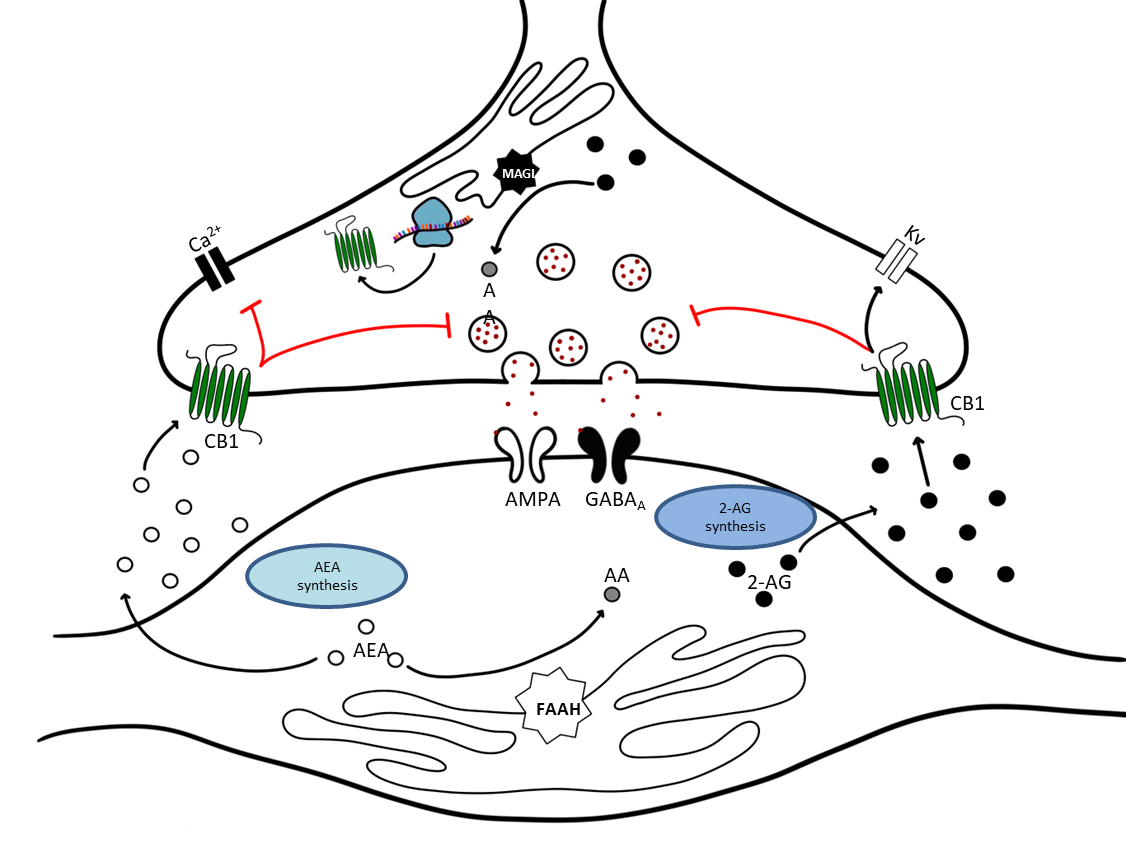You are here
Persistent Inflammation and Cannabis Use Modulate the Endocannabinoid System
Speakers
Abstract
The Ingram Lab research aims to elucidate properties of ion channels, neurotransmitter transporters, G protein-coupled receptors (GPCRs), and cellular mechanisms of synaptic plasticity associated with acute and chronic pain and drug addiction. The lab focuses predominantly on adaptations within the ventrolateral periaqueductal gray (vlPAG), a key integration site for the descending pain modulatory circuit. The fundamental observation driving the Ingram Lab research is that GPCRs are regulated via different mechanisms depending on their pre- vs. postsynaptic locations. Given that presynaptic GPCRs govern the amount of neurotransmitter release throughout the nervous system, understanding how these receptors are regulated and how these mechanisms may be targeted by therapeutics is an important strategy for the development of novel drugs. Ongoing studies in the lab investigate (1) adaptations to GPCR signaling mechanisms and regulation, particularly opioid and cannabinoid receptors, (2) how those adaptations influence signal integration within the vlPAG and resulting output to the downstream rostroventromedial medulla, and (3) circuit specificity amongst the heterogeneous vlPAG subpopulations with respect to pain, addiction, and aversion behaviors.

